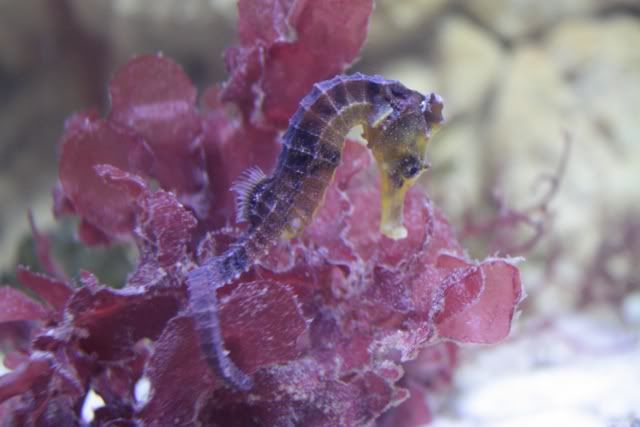That's basically wc to me.
Tank raised means:
(Taken from Seahorse.org)
Tank Raised: At this time, “tank raised” is the label most well known for being deceiving. Many of the “TR” seahorses at retailers have unknown backgrounds and a variety of health issues. The net pens set up in southeast Asia with the intent to supply the Traditional Chinese Medicine (TCM) market while lessening the impact on native populations have had unpleasant consequences on the seahorse hobbyist. In addition to supplying seahorses for TCM, these net pens are also supplying seahorses to the marine ornamental industry. Many of these seahorses are labeled “TR”, and though they may have spent some time in a tank, while being trained to frozen foods, or while in holding for shipping, they do not match up with what most hobbyists are expecting from a “tank raised” seahorse. They do not always accept frozen foods and have as much of a likelihood of internal parasites as their wild caught counterparts. Actually, since these seahorses have been kept in large groups in net pens and flow through systems, sometimes in areas that they are not native to, they have had more opportunity to pick up pathogens from each other, and from the native seahorses, than wild caught seahorses typically would. Some of them may not even be born in captivity, since fry and juveniles can pass through the net both directions, and since wild caught adults can be collected and added to the nets on a continual basis. That being said, there are some seahorses which have been conceived, born, and raised in genuine aquaculture conditions that are getting an undeserved bad reputation from their “TR” label. Of course, the only true way to know which is which, is to know where your seahorses came from. “TR” seahorses, especially “tank raised H. kelloggi”, have had an absolutely dismal survival record lately, even with experienced hobbyist keepers. H. comes and H. kuda (with the exception of the H. kuda truely captive bred from Australia) also seem to be riddled with problems lately. And, while there are a number of reliable sources for H. reidi, they are coming from a number of questionable sources, too. With that in mind, extra research should probably be done before taking any of those species home from the LFS.











